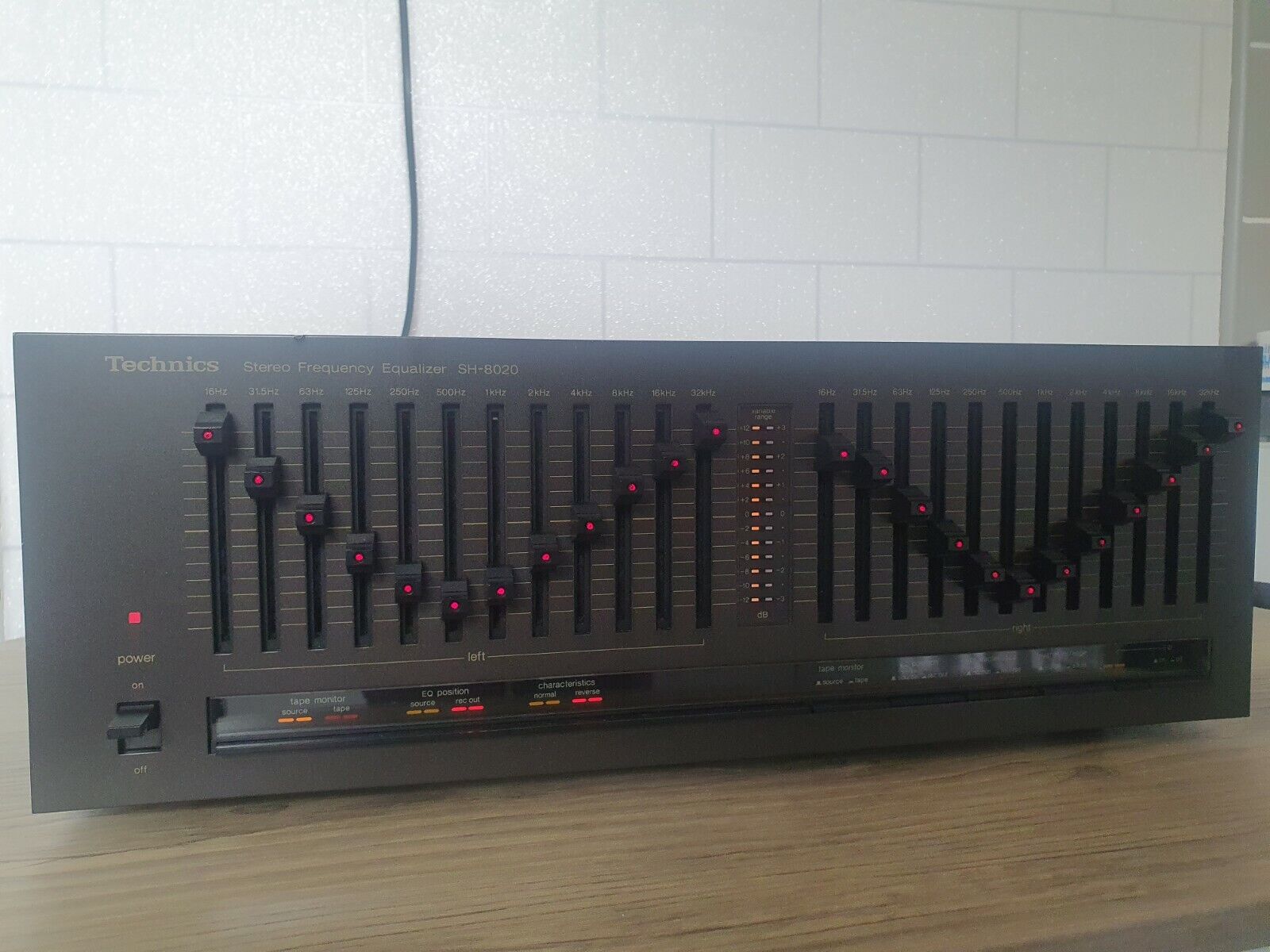martin clark
pinko bodger
So far as I know there is no 'direct' relationship. However:
1) The smaller the speaker the lower the efficiency tends to be, and the less extended the bass. You can trade one off against the other, though. i.e. by making the speaker 'less efficient' at mid/hf you can bring that down to more like the bass level to get - overall - more extended LF response behavour.
2) The lower the level of the sound replay, the lower the bass may tend to sound compared with the mid. This is why altering the level tends to alter the sound balance you hear even when no other changes - e.g change in distortion - have occurred.
3) All affected by how those making the mastering of what your playing decided to set the tonal balance.
I think, looked-at sideways, your shortlist explains much of why ESLs can work so very, very well at low/very-low levels.
The effective radiating area is huge, but displacement correspondingly small; and so - at low spl when requested - their already negligible-distortion falls-out of the perception. This works to advantage because -intrinsically - ESls of any flavour do not suffer the level vs tonal balance issue of moving coil speakers (which is is especially limited in 'lifestyle'sized boxes by by driver linear displacement - usually tiny! ; thermal compression effects esp. for small drivers in small boxes, box volume, or other relevant issues in crossover engineering)
But I'd freely admit ESLs, or any other tech, cannot do anything about the baked-in elephant - your third point!


